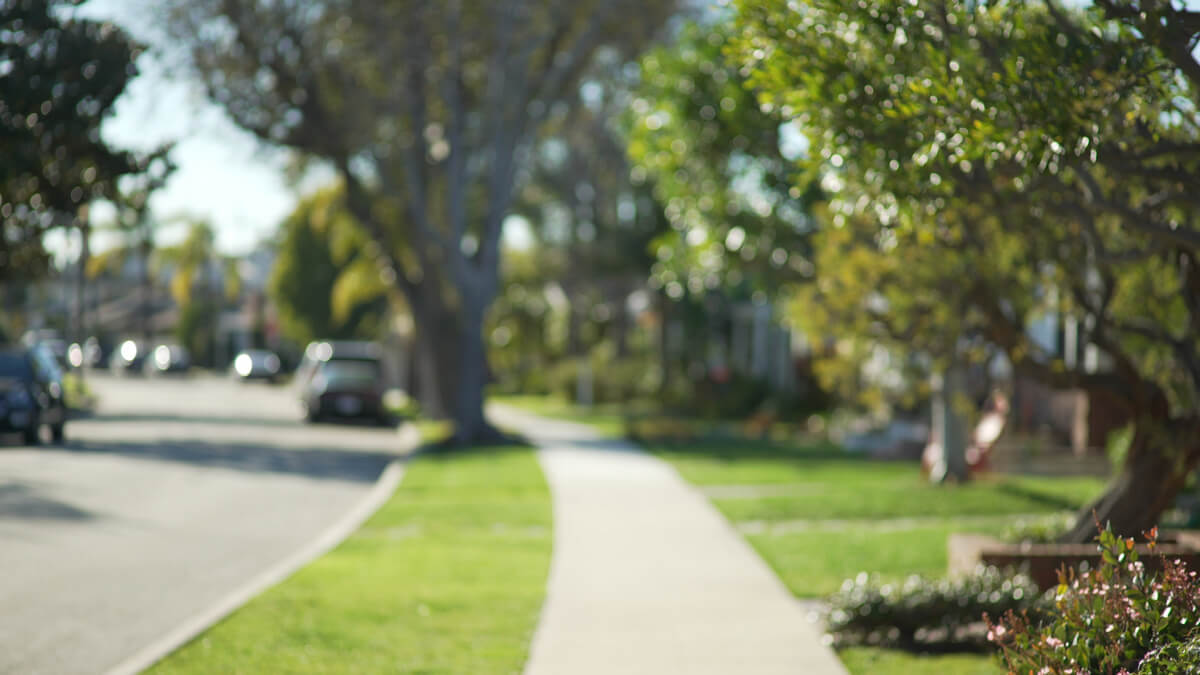Everyone has different preferences and priorities when it comes to house hunting. Some people look for homes in quiet, rural areas with plenty of space. Others prefer more densely populated neighborhoods in Wilmington where the most important amenities are within walking distance.
Knowing whether or not a neighborhood is truly walkable can be difficult, though. Not all suburban communities are easy to navigate on foot, and simply having schools or restaurants within a mile isn’t the best indicator of walkability. To discover how walkable your prospective neighborhood is, you should be prepared to do some careful research and exploration.
Here are six tips for finding out if your new Wilmington neighborhood is walkable:
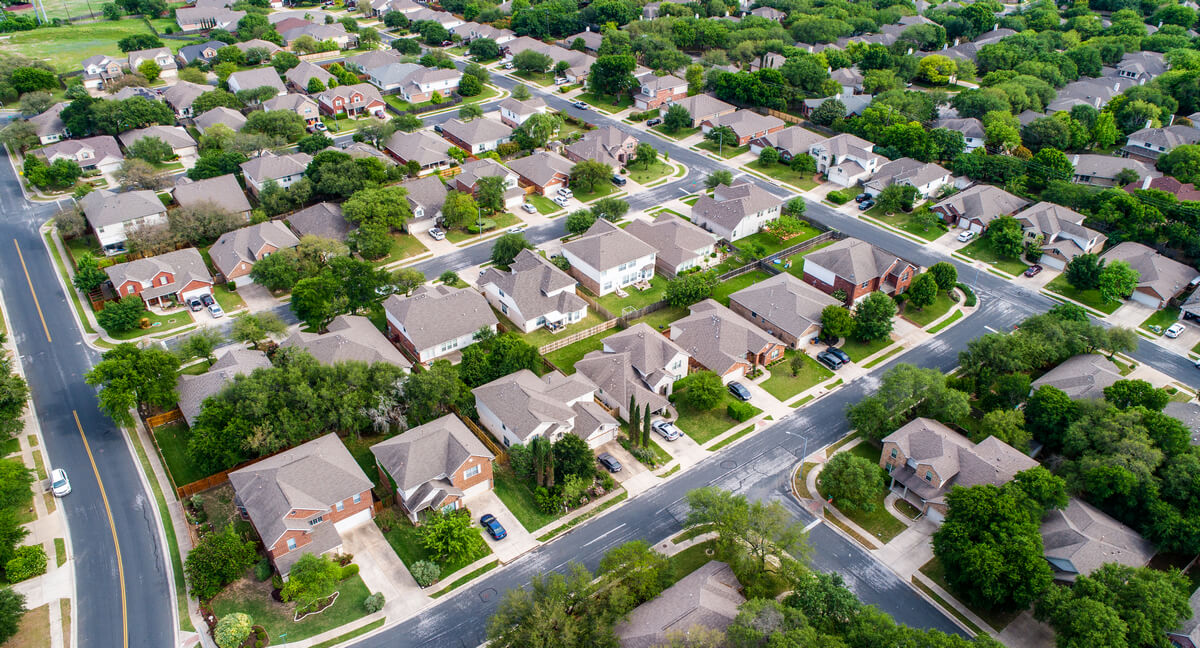
1. Check Out Local Resources
No one knows a neighborhood better than those who live there. If you’re considering moving to a certain location, you should always check out what the locals are saying. If the neighborhood has a community Facebook group or Nextdoor Neighborhood, start with a search of past posts. Look for keywords, like “walkability” and “pedestrian hit”. You may notice a trend. You could also write a post asking locals for their thoughts on a specific area’s walkability. Like most things, you’ll likely find a mixed set of reviews but consider the majority consensus. Sometimes, there are specific benefits or drawbacks to living in a community that an outsider would never be aware of.
If you don’t get a lot of feedback, you can also check WalkScore. The scores are generated by a computer algorithm, but can give you a general idea on which neighborhoods may be good to focus on. Keep in mind that newer communities may not be included, but consider it one of multiple tools at your disposal.
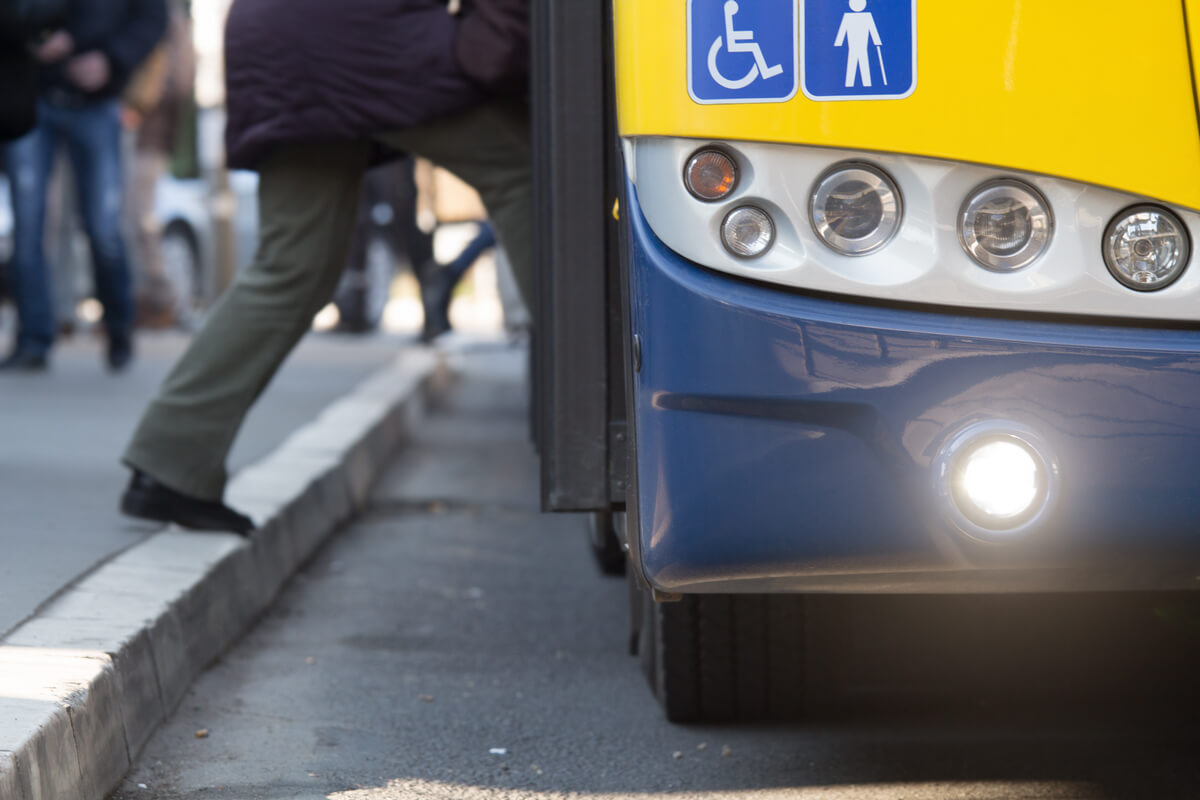
2. Look at the Public Transportation
Most walkable neighborhoods have some form of public transportation. In a highly walkable area, your basic amenities like grocery stores and schools are within walking range, and public transportation can assist with your commute or other travel needs.
If you have a car, you may not need to worry about the public transportation system in Wilmington. If you don’t have a car, though, public transit may be your lifeline. Check out the maps and scheduling for the buses in New Hanover County to get an idea of how convenient and efficient the system is. Consider how long it would take you to get to work if you relied on public transportation.
This is another topic on which the locals in the area are the experts. Look for reviews online of the community’s public transportation, or ask a community forum or Facebook group for their input.

3. Identify a Center
Almost all walkable neighborhoods in Southeastern NC have some type of central gathering point. This might be a full downtown or a main street in a larger community, or it could be a public park or a shopping center. This main hub encourages people to walk around and congregate.
You can also evaluate whether the buildings near the neighborhood center were designed for pedestrians or for drivers. Buildings located close to the street with parking in the back are more pedestrian-friendly, but buildings with large parking lots in front weren’t designed with walkability in mind.

4. Use Google Street View
Checking out a neighborhood in-person is the best way to understand its walkability. However, if you’re moving from far away, you might not be able to do this. Fortunately, Google Street View can provide a very realistic overview of the Wilmington area.
Click on various areas in the neighborhood on the Google Street View map. Look for sidewalks and other pedestrian-friendly structures, and see if there are any other pedestrians on the road in the image. You can also use Google Maps and Google Street View to take a virtual walk from your prospective home to the local park, grocery store, library, or other locations. Although this isn’t a perfect representation of what actually walking the route is like, it can give you a good idea of how accessible the neighborhood is for pedestrians.
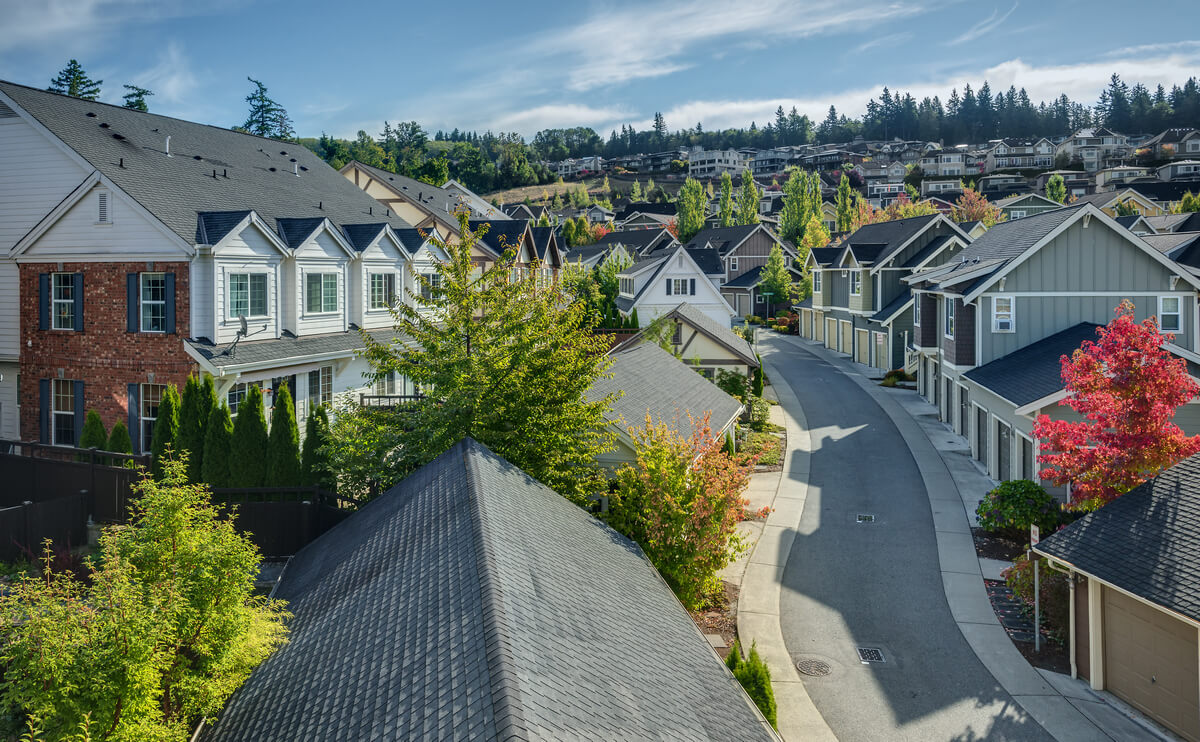
5. Visit In-person at Different Times of Day
If you are able to explore the area in-person, try to visit at different times of day. Highly walkable neighborhoods should be walkable almost all of the time. You might not want to walk around in the middle of the night even in the safest neighborhoods, but if possible, check out the community early in the morning, in the mid-afternoon, and in the evening.
Try walking various routes during commuting hours to see if the increased vehicle traffic makes you feel unsafe as a pedestrian. See if the stores or restaurants you’re most interested in are open in the evening or if they close early. Also, take note of the lighting after dark. In the winter, it’s especially important that streets are well-lit for pedestrians.
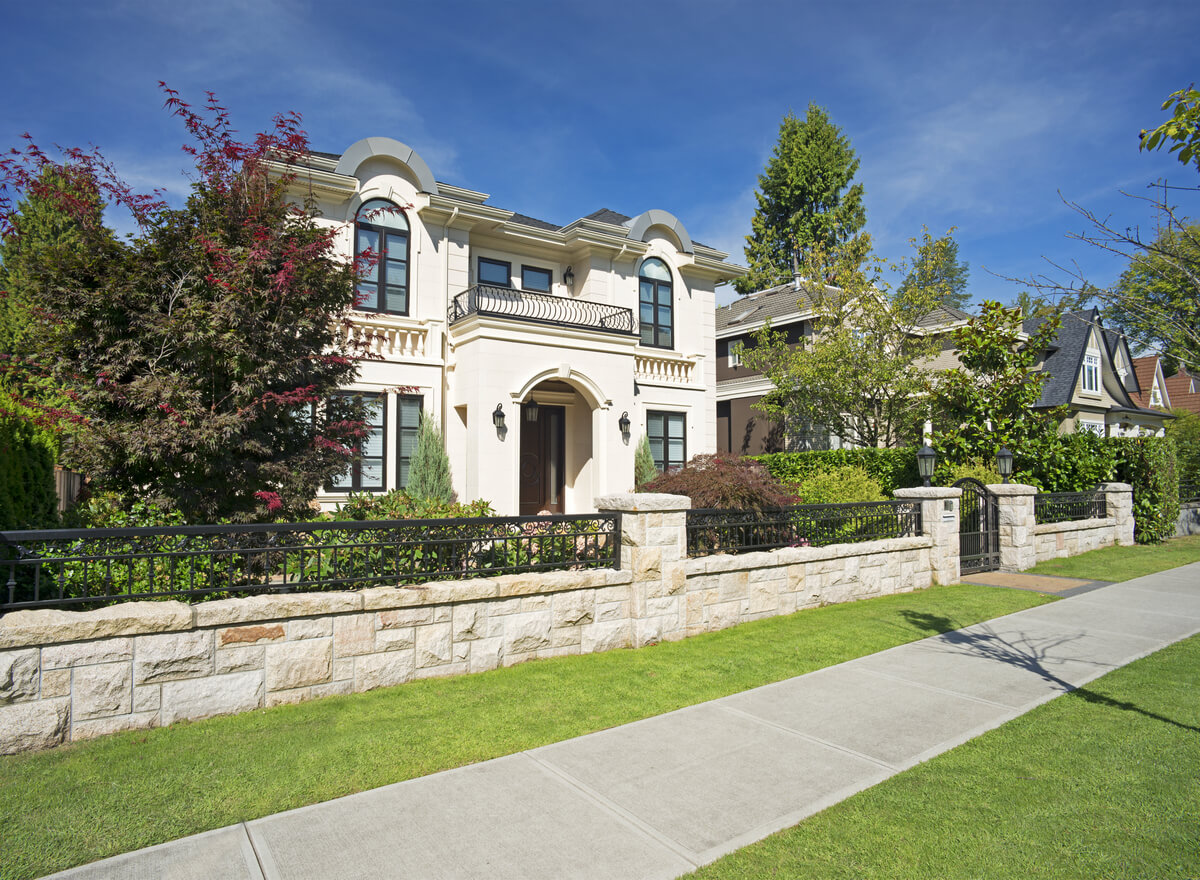
6. Consider Street and Neighborhood Design
Distance is not the only consideration in evaluating whether a Wilmington neighborhood is walkable. Not only should your destinations be within a reasonable walking range but getting there should also feel safe and comfortable.
Sidewalks are one of the most important features of a walkable community. If you have to walk on the shoulder of the road, you probably won’t feel safe as you try to navigate your neighborhood. The sidewalks should be wide and clear throughout the area. In areas that have drainage ponds and common area, landscaping shouldn’t be overtaking the sidewalks and barriers should be in place.
Look for crosswalks and pedestrian signals, too. Crossing a busy street without any infrastructure to assist you is dangerous, and it’s a sign that the area isn’t very pedestrian-friendly. There should be plenty of street lights as well so that pedestrians can see and be seen.
Walkable neighborhoods are great for families and individuals alike. You can see more of your community and get to know your neighbors when you spend more time walking around the area, and you can increase your daily activity by walking instead of driving. If walkability is a major priority in your home search, you should do more than look at a map to see how far away your destinations are. Carefully scope out the neighborhood online or in-person, be on the lookout for signs of pedestrian-friendly infrastructure, and ask locals for their opinions. This will ensure that you have a realistic expectation for walkability in the neighborhood and that you feel safe and comfortable navigating the area on foot.

